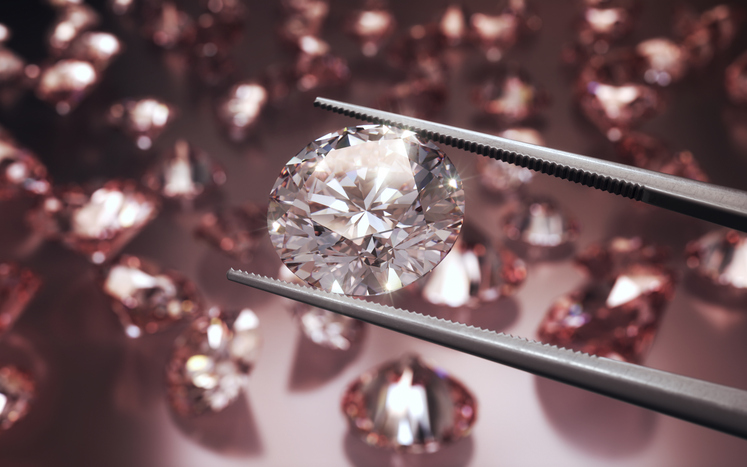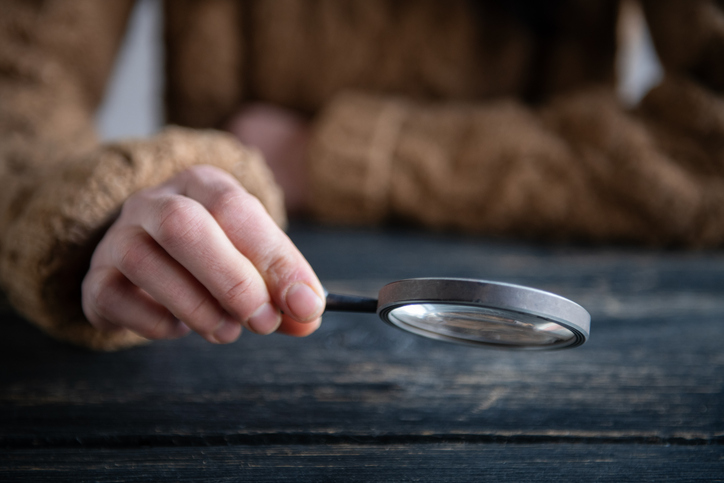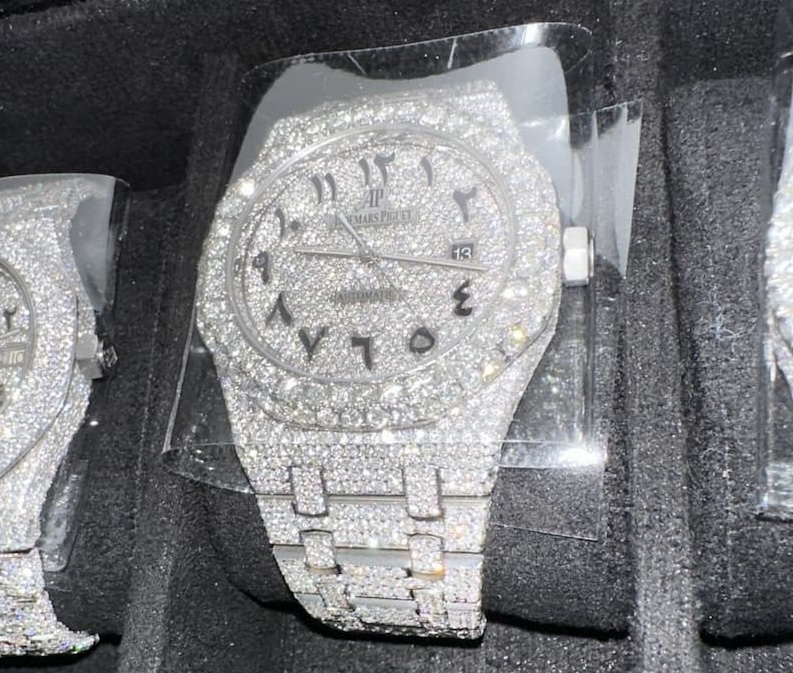
June 16, 2025
It’s easy to fall in love with the sparkle of a diamond, but choosing the right one? That’s where things get personal. Whether you’re shopping for an engagement ring, a special gift, or a timeless addition to your own collection, the question often comes up: Should you choose a natural diamond or a lab-grown one? With both options offering beauty, durability, and brilliance, it’s not always a simple decision.
As more shoppers look for value, ethics, and quality in their jewelry, understanding the difference between these two types of diamonds is more important than ever. Let’s break down what sets them apart so you can feel confident in your choice.
What Is a Lab-Grown Diamond?
Lab-grown diamonds are created in high-tech laboratories that mimic the natural conditions under which diamonds form deep within the Earth. These diamonds are chemically, physically, and visually identical to natural diamonds, so much so that even trained gemologists often need special equipment to tell them apart.
Key Features:
- Grown using advanced methods like Chemical Vapor Deposition (CVD) or High Pressure High Temperature (HPHT)
- Made from a carbon seed, just like natural diamonds
- Often more affordable than natural diamonds
- Typically free from mining-related ethical concerns
What Makes Natural Diamonds Unique?
Natural diamonds were formed billions of years ago under intense heat and pressure beneath the Earth’s surface. Each one is a tiny piece of geological history, and no two are exactly alike.
Key Features:
- Mined from the earth, primarily in countries like Canada, Botswana, and Russia
- Considered rare and timeless, especially higher-carat stones
- Carry geological significance and natural origin stories
- May have higher resale or heirloom value over time
The Big Questions: Value, Appearance & Ethics
Here’s how lab-grown and natural diamonds compare when it comes to the factors that matter most:
Appearance
- Virtually identical in sparkle, clarity, and brilliance.
- Both can be graded by the 4 Cs: cut, color, clarity, and carat.
Cost
- Lab-grown diamonds are typically 30–40% less expensive than natural diamonds of the same size and quality.
- This can make a larger stone more attainable for your budget.
Sustainability & Ethics
- Lab-grown diamonds are considered a more environmentally friendly and ethically responsible choice, as they don’t involve traditional mining.
- Natural diamonds from reputable sources can also be ethically sourced, especially when certified by programs like the Kimberley Process.
Resale & Sentimental Value
- Natural diamonds often hold their value better over time and are seen as more traditional for heirloom jewelry.
- Lab-grown diamonds are a modern alternative for those who prioritize style and ethics over resale.
Which One Should You Choose?
There’s no one-size-fits-all answer—your choice depends on what matters most to you.
- If you’re drawn to the romantic legacy and rarity of natural diamonds, that might be your best bet.
- If you love the idea of getting a bigger, equally brilliant stone at a lower price point—and with a lighter environmental footprint—lab-grown could be perfect for you.
At the end of the day, both options are beautiful and valid. It’s all about finding the diamond that feels right for you or your loved one.
Discover the Right Diamond for You in Bellmore, NY
At MAXIMILLION WATCHES in Bellmore, NY, we believe your diamond should reflect your values as much as your style. Whether you’re leaning toward a breathtaking natural diamond or considering the smart elegance of a lab-grown stone, our knowledgeable team is here to help you explore both options without pressure.
Stop by our showroom to discover a curated selection of timeless pieces—and let us help you make your big moment sparkle.




